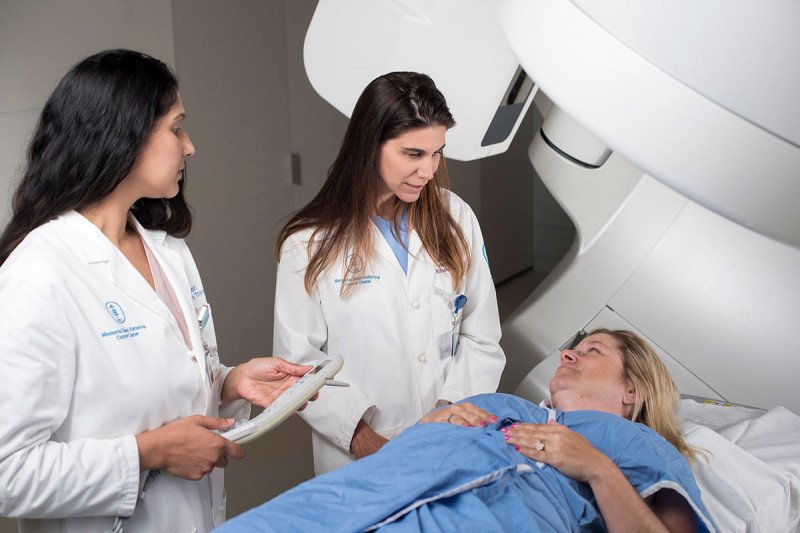In the healthcare setting, no one can deny the significance and effectiveness of medical imaging equipment. These devices are instrumental in facilitating radiologists to diagnose and treat disorders and injuries that a person sustains. However, frequent exposure to imaging devices – x-rays or computed tomography, prime ionizing radiation sources, can make patients suffer long-term adverse health effects.
On a daily basis, many people undergo different types of diagnostic medical imaging exams. They do so because of medical professionals’ suggestions. Medical imaging tools equipped with cutting-edge technology help radiologists understand the actual issue besides identifying the exact area inside the body where a disorder or an injury occurs.

Radiation Risks Awareness
Most people have almost no or little knowledge of the possible threats associated with radiation after even they appear for imaging tests. However, some people have a decent understanding of the potential health hazards because of exposure to diagnostic radiation.
They prefer discussing the issue with radiologists before undergoing the imaging exams. A seismic shift is requisite to reduce the gap between radiology specialists and patients, according to experts in the healthcare sector. With each passing day, the awareness among common people regarding radiation threats is increasing notably.
Primarily owing to increased cognizance about radiation hazards associated with all medical imaging procedures, patients learn about the risks beforehand from radiologists. Somewhere, the concern among patients regarding radiation danger is compelling radiology experts to implement measures to cut down radiation dosage.
Those who lack knowledge of risks owing to radiation when undergoing an imaging test take the initiative on their own to develop a sound understanding of the same from mass media, the internet, and social media. However, most people still believe that it is the best and safest to learn about the potential threats from a certified radiology technician.
High Time to Pay Heed to Seismic Shift
Experts at the University of California in San Francisco strongly feel that experienced radiologists have an instrumental role in explaining radiation risks to patients. It is the need of the hour, according to them, to reduce the gap between physicians and info-hungry patients. Conducting consultations and enabling patients to assimilate imaging radiation hazards can reduce the communication gap and help both parties reap benefits.
Exposure to harmful radiation time and again can cause a person to experience chronic health problems. Therefore, according to experts, it is high time for radiologists to opt for a seismic and organized shift in order to educate patients and enrich their knowledge. When physicians become more informed about the advanced radiation risk-minimizing methods, they can ensure better protection to patients during diagnostic imaging tests or exams.
Thus, a considerable number of radiologic technicians have started conducting one-on-one conversations with patients who want to acquire reliable information regarding radiation dangers. These candid yet serious conversations also help patients understand why radiologists compel them to undergo medical imaging procedures.
Is Communicating Directly with Patients Helping?
Indeed, the initiative radiologists have begun taking to help patients provide genuine information has been receiving overwhelming praise. Most people are now aware of the risks they could face due to exposure to hazardous imaging radiation multiple times. Many patients know that they will be exposed to more radiation when they undergo nuclear diagnostic imaging exams.
Radiologic technicians’ efforts have helped patients understand that there is no involvement of ionizing radiation when they undergo MRI tests. Aside from the individuals with a higher academic degree, even those who consult with physicians have a better understanding of radiation risk.
Most radiology clinics and hospitals at present use sepStream® software as it helps produce accurate medical imaging reports in a short span of time. This software solution facilitates healthcare providers to meet the requirement of patients who need detailed information regarding an imaging test and their health condition.